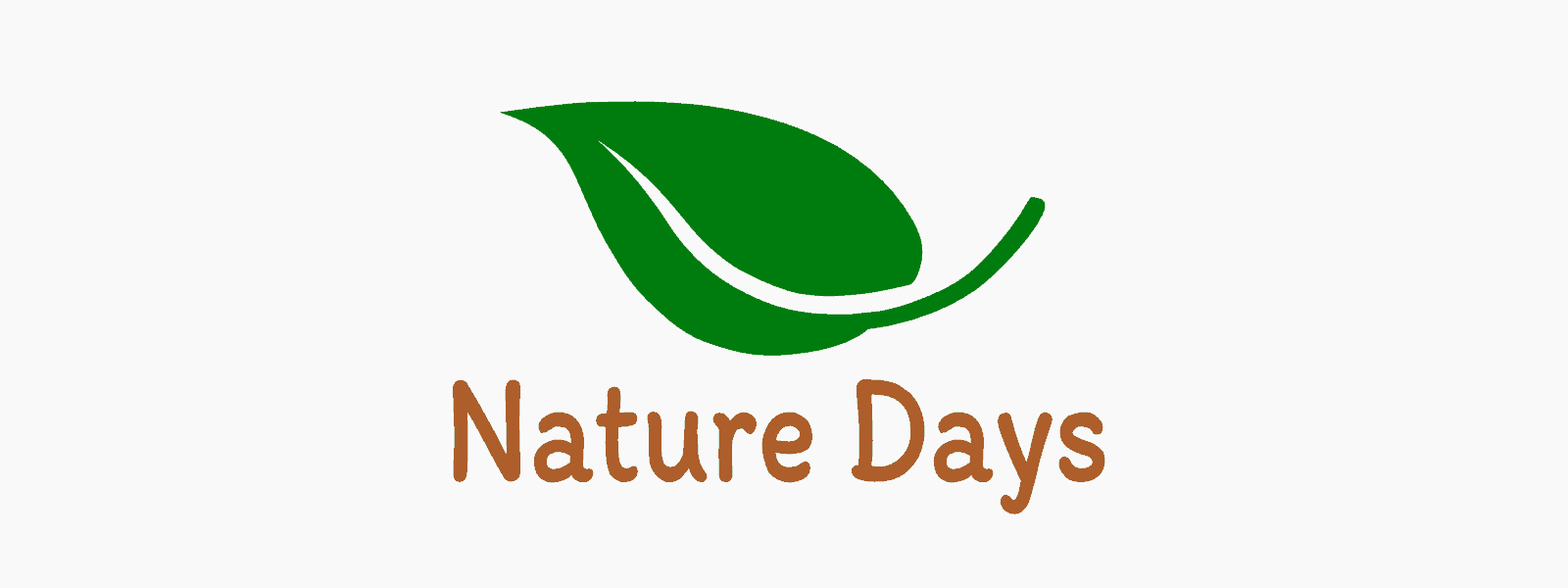This field trip has the following curriculum links
Science: Enquiry
Pupils should be given opportunities to carry out different types of enquiry. The number of observations or measurements that need to be made and their range and values to ensure reliability of evidence. The equipment and techniques required for the enquiry Any potential hazards in their work. KS2 and KS3.
Science: Foundation Phase
To encourage outdoor learning.
Science: Interdependence of Organisms
Through fieldwork, the plants and animals found in two contrasting local environments, e.g. identification, nutrition, life cycles, place in environment. KS2.
Science: Interdependence of Organisms
The interdependence of organisms and their representation as food webs, pyramids of numbers and simple energy-flow diagrams. KS3.
Science: Interdependence of Organisms
The interdependence of living organisms in those two environments and their representation as food chains. KS2.
Science: Interdependence of Organisms
How and why food webs are affected by environmental factors, e.g. light intensity, water availability, temperature, and their fluctuations. KS3.
Science: Interdependence of Organisms
The environmental factors that affect what grows and lives in those two environments. KS2.
Science: Interdependence of Organisms
How human activity affects the global environment, e.g. acid rain, greenhouse effect, and the measures taken to minimise any negative effects. KS3.
Science: Interdependence of Organisms
How humans affect the local environment, e.g. litter, water pollution, noise pollution. KS2.
Science: Myself and Other Living Things
Identify the effects the different seasons have on some animals and plants. KS1.
Science: Myself and Other Living Things
Learn about the senses that humans and other animals have and use to enable them to be aware of the world around them.
Identify some animals and plants that live in the outdoor environment. KS1.
Science: Myself and Other Living Things
Observe differences between animals and plants, different animals, and different plants in order to group them. KS1.
Science: Numeracy
Use units of measure; length, height and distance.
Sort and classify objects using more than one criterion.
Make lists and tables based on data collection,
Select appropriate equipment. Take temperature readings using thermometers including temperature differences.
Compare daily temperatures using a thermometer,
Record data,
Create block graphs, bar graphs and line graphs,
Developing numerical reasoning,
Use the four compass points to describe directions.
Represent data using; lists, tally charts, tables, diagrams, frequency tables.
Use coordinates to specify location,
Use mean, median, mode and range to describe data.
Science: The Sustainable Earth
The daily and annual movements of the Earth and their effect on day and year length. KS2.
Science: The Sustainable Earth
A consideration of what waste is and what happens to local waste that can be recycled and that which cannot be recycled. KS2.
History: Chronological Awareness
Use timelines to sequence events. KS2 and KS3.
History: Historical Enquiry
Independent use of a range of historical sources. What impact did people of this time have on their environment? KS2 and KS3.
History: Historical Knowledge and understanding.
Pupils identify differences between ways of life at different times.
Daily life of people living in the time of the Iron Age Celts.
What was life like for rich and poor people, for men, women and children, e.g. houses, food and farming, transport, education, clothes, celebrations, pastimes?
History: Rigid and flexible materials
KS2 Design and Technology
Use a range of materials and components,
making choices based on their developing
knowledge of how they should be used, e.g.
using square-section timber or lollypop sticks
to strengthen a cardboard structure

